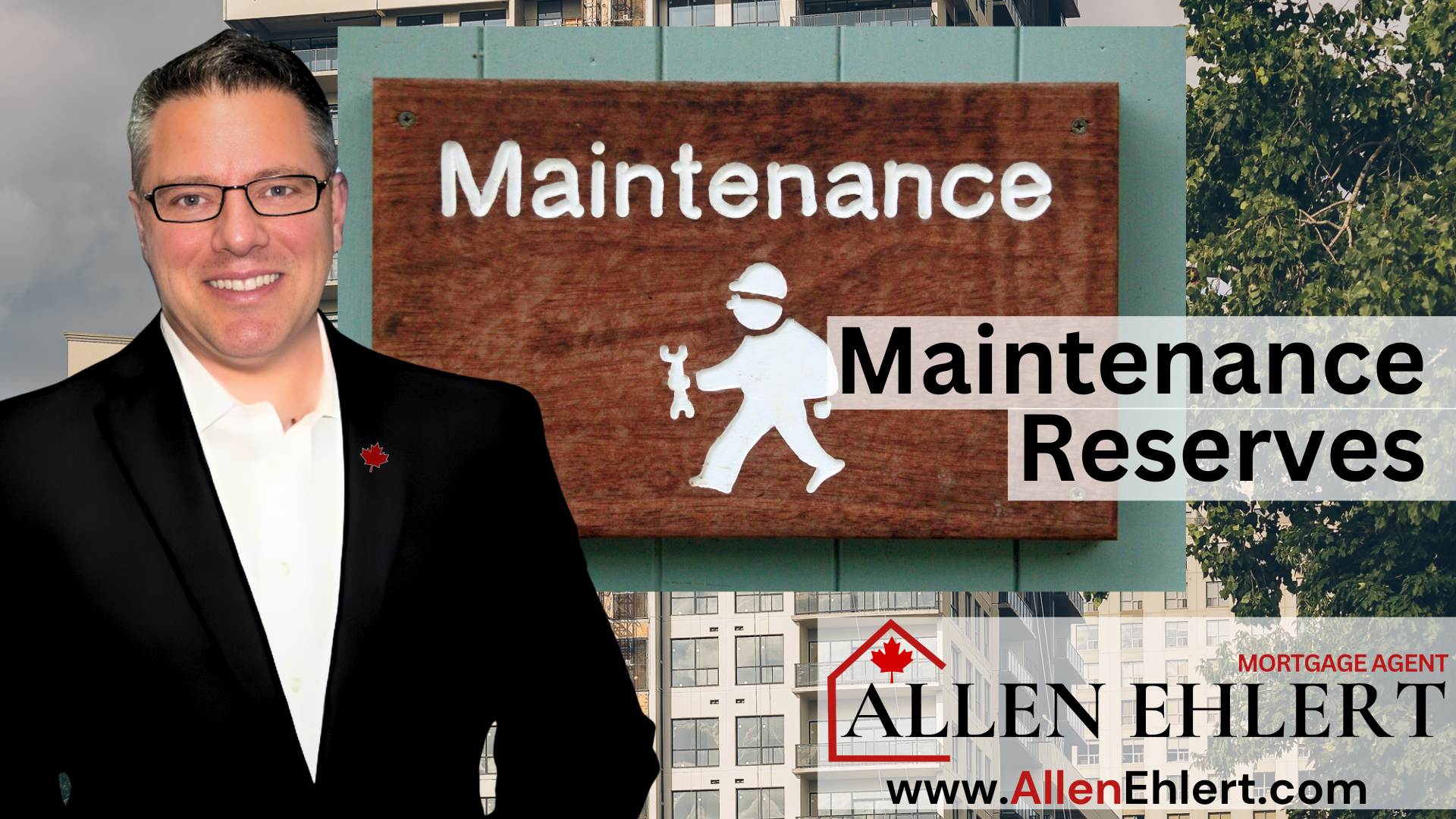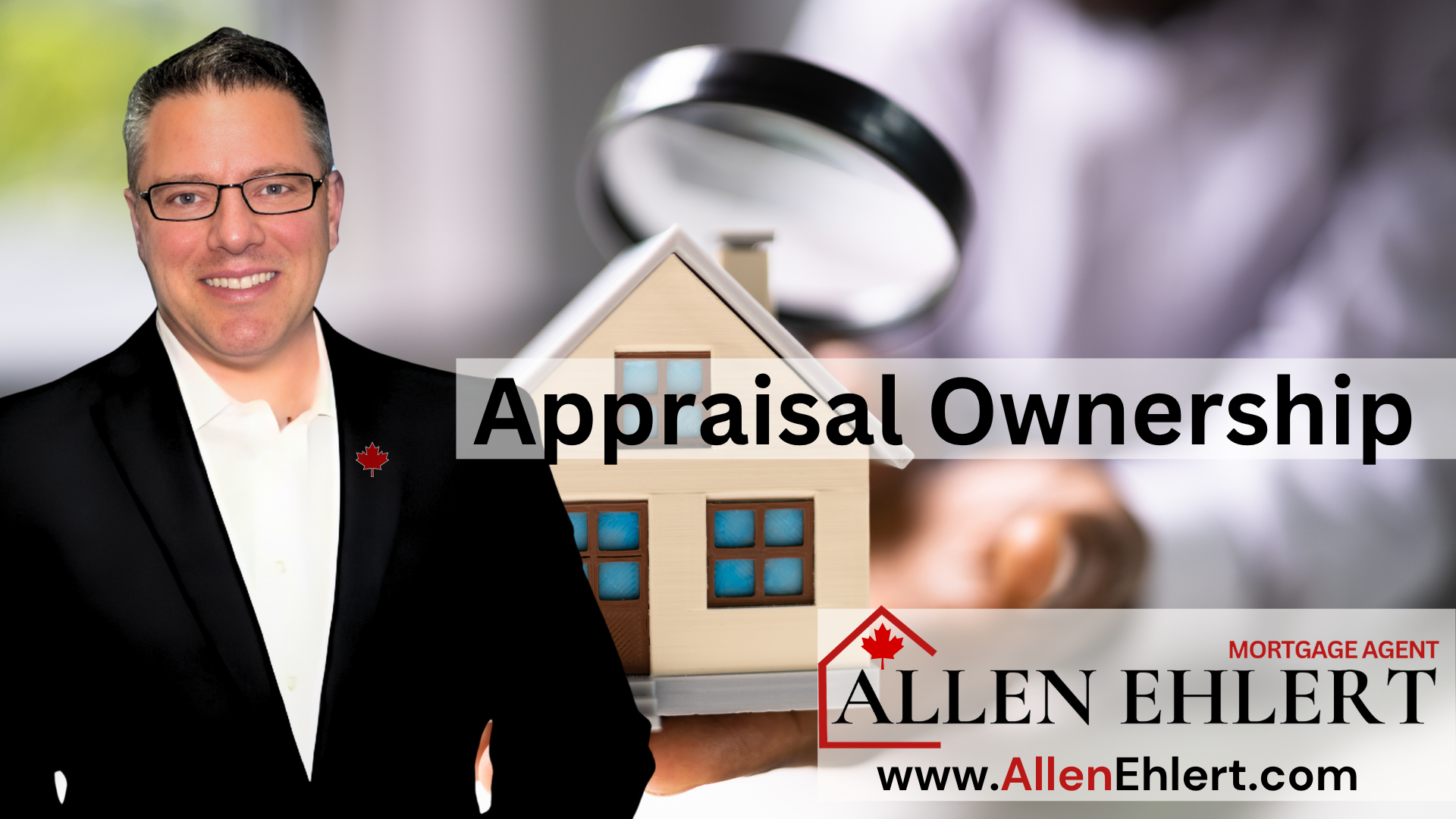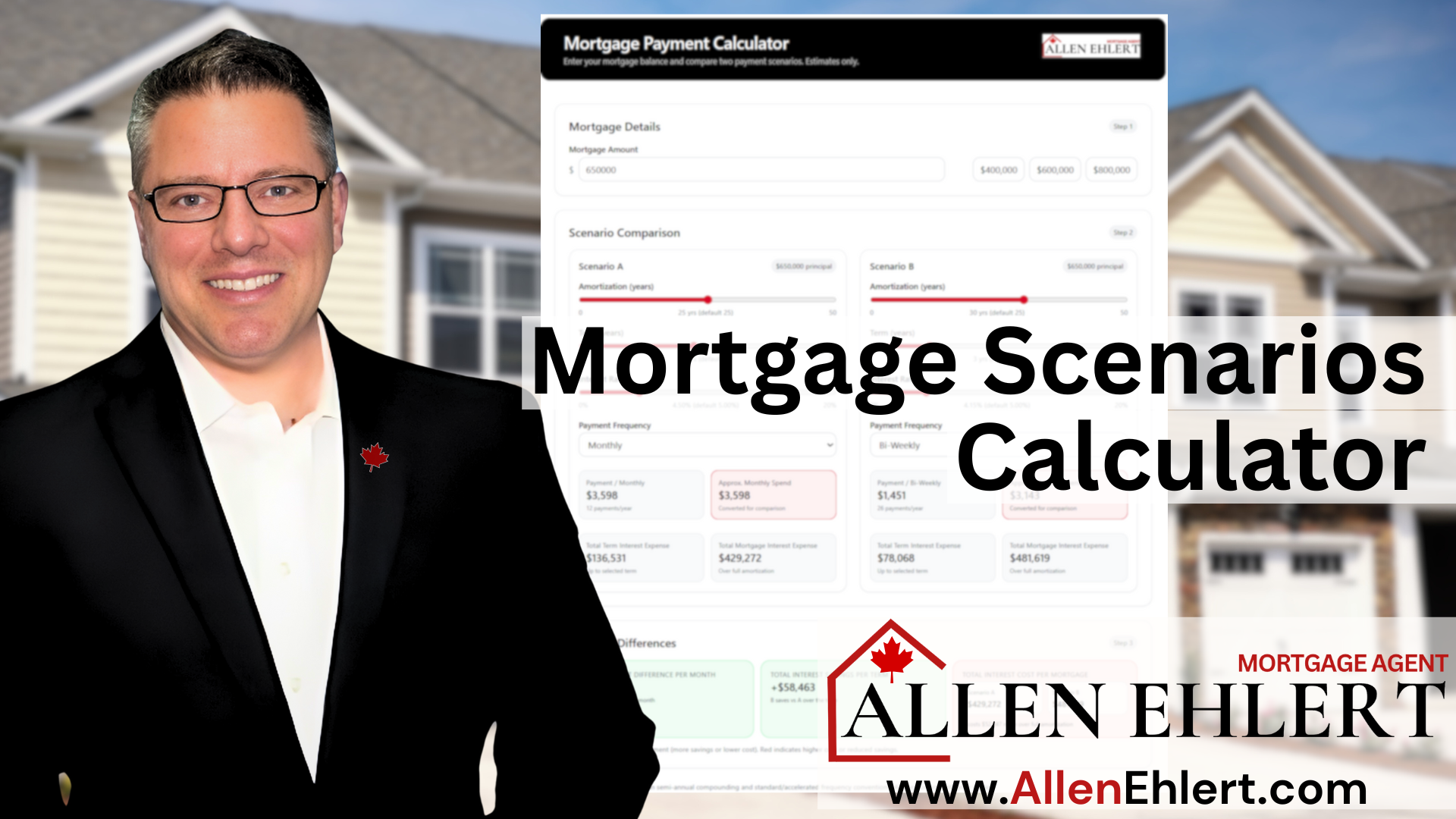… The Sneaky Trap That Looks Like a Gift
If you ask a friend who has a mortgage what kind of mortgage they have, they will probably say, “I don’t know, a mortgage, what do you mean what kind? You mean fixed or variable?” NO! I mean what KIND of mortgage do you have, Standard or Collateral? At that point, most people’s eye’s glaze over.
Truth is, most Canadians don’t know what kind of mortgage they have or are able to tell you why they have the kind of mortgage they have. They are just happy they qualified for a mortgage, and if they have a little more room to borrow, sounds good right? (NO, very often wrong! Often in many ways).
When you sit down at a bank to sign your mortgage, everything sounds great. The rate seems OK, the approval was smooth, and the representative mentions, “We’re registering your mortgage as a collateral charge — that way, you’ll have room to borrow more later!”
Sounds harmless, right? Maybe even smart.
But here’s the thing most Canadians don’t realize until it’s too late — that “extra room” doesn’t actually exist unless your home value goes up, and even then, only maybe. And in the meantime, the setup quietly benefits your bank far more than it benefits you especially as home prices fall.
Lets walk through what’s really going on — and how understanding it can save you thousands in future fees and frustration.
Topics I’ll Cover:
The Collateral Charge: What It Really Means
The Myth of the 125% Advantage
The 80% Loan-to-Value Reality Check
Why Banks Love Collateral Charges (and You Might Not)
A Real-Life Story: “The Locked-In Homeowner”
How Realtors and Clients Can Use This Knowledge
The Collateral Charge: What It Really Means
A collateral charge mortgage isn’t your average mortgage registration. Instead of registering your loan for the actual amount you borrowed — say, $500,000 — the bank registers it for up to 125% of that amount.
So your $500,000 mortgage suddenly shows up on title as a $625,000 charge.
The pitch sounds great: “It’s flexible! If you need more money later, we can lend it to you without paying legal fees again.”
But here’s the catch: that flexibility is potential, not guaranteed. You can’t just walk in tomorrow and ask for that extra $125,000. The lender will still reassess your home’s value, check your income, and make sure you’re within the strict federal lending rules — especially the 80% loan-to-value cap.
The Myth of the 125% Advantage
Let’s clear up the biggest misconception right here:
Just because the mortgage is registered at 125% doesn’t mean you can borrow 125%.
In Canada, lenders are legally limited to lending up to 80% of your home’s appraised value (unless your mortgage is insured). So even though the paperwork says $625,000, the most you could ever access — assuming your $500,000 mortgage started at 80% LTV — is still tied to that 80% limit.
If your home’s value doesn’t increase, there’s no additional room to borrow from. That 125% registration is just a bigger parking space you might never use or have access to.
The 80% Loan-to-Value Reality Check
Let’s put numbers to it.
Say your home is worth $625,000 and your mortgage is $500,000 (80% of the value). The bank registers the charge for 125%, or $625,000.
Now fast-forward two years. You want to pull out $100,000 for renovations. If your home’s value hasn’t increased, you’re still capped at 80% LTV — meaning the max total mortgage you could have is $500,000. You’re already there. No wiggle room.
That 125% registration didn’t buy you a dime of flexibility.
But here’s the twist — it did make it harder for you to move your mortgage elsewhere. Want to chase a better rate, get better mortgage options, add a second mortgage, or maybe just get better service, well, sorry, you may be trapped.
Why Banks Love Collateral Charges (and You Might Not)
Banks adore collateral charges because they’re “sticky.”
Since they can’t easily be transferred to another lender, you’re less likely to shop around when your term ends. To move your mortgage, you’d need to discharge the old registration and pay new legal fees. Most clients see the cost and hassle and just stay put — even if another lender is offering a better rate.
The bank keeps your business. You lose your negotiating leverage.
And if you ever try to put a second mortgage behind that collateral charge, good luck — the first lender has already claimed such a large percentage of your home’s value that other lenders usually won’t touch it, even though you can’t access it.
A Real-Life Story: “The Locked-In Homeowner”
A client I’ll call Lisa came to me after three years with her big-bank mortgage. She was paying 5.29% and saw that other lenders were offering 4.19%. She thought switching would be simple.
But her mortgage was registered as a 125% collateral charge. To move it, she’d have to pay discharge and legal fees — close to $1,200.
When we looked at her home value, it hadn’t gone up since she bought. That meant all that “extra borrowing room” the bank promised her never actually existed.
The end result? She was stuck paying a higher rate because it didn’t make sense to eat the legal costs to switch.
Lisa told me, “I thought the 125% was a bonus. Turns out it was a trap.”
The Big Bank Reality: Collateral is the New Default
Over the past decade, Canada’s major banks have quietly shifted toward collateral charge registrations as their default setup for almost all new mortgages.
Here’s the current landscape (as of 2025):
| Lender | Type of Charge Used | Notes |
| TD Canada Trust | Collateral (always) | Every TD mortgage — fixed or variable — is a collateral charge. |
| Scotiabank | Collateral (for STEP) | Scotia’s STEP (Scotia Total Equity Plan) is automatically a collateral registration, even if the client only takes a basic mortgage today. |
| RBC Royal Bank | Collateral (Homeline Plan) | All new RBC Homeline Plan mortgages are collateral; older “standalone” ones may not be. |
| CIBC | Collateral (Smart Mortgage) | Nearly all CIBC Smart Mortgages are collateral. |
| BMO | Collateral (Homeowner ReadiLine) | BMO largely uses collateral registration for flexibility and cross-collateralization. |
| National Bank | Mostly Collateral | Uses “All-In-One” product structure; collateral by design. |
In other words:
If you walk into a big bank branch in Canada and sign a mortgage today, it’s almost guaranteed to be registered as a collateral charge.
How Realtors and Clients Can Use This Knowledge
For Realtors:
This is golden insight to share with buyers before they sign their mortgage paperwork. When you hear the term collateral charge, encourage your clients to ask questions:
- Can this mortgage be transferred easily at renewal?
- What happens if the property doesn’t appreciate?
- Will I still be capped at 80% loan-to-value?
Helping clients understand this upfront protects their financial flexibility — and builds long-term trust with you as their agent.
For Clients:
Before you sign that mortgage, ask your lender or broker:
- Is this a standard or collateral charge mortgage?
- If collateral, how much is it registered for?
- What happens if my home value doesn’t increase?
A few good questions now can save you thousands and keep your options open later.
Allen’s Final Thoughts
Collateral charge mortgages aren’t bad — they’re just misunderstood. They can make sense if you’re planning to refinance later, use the Smith Maneuver, or expect your property value to rise.
But for most homeowners, they don’t offer real benefits unless your equity grows — and they can make it harder to shop around when your term is up. In other words, they give the bank flexibility, not you.
If you’re not sure what’s on your title or whether your mortgage is helping or holding you back, that’s where I come in.
How I Can Help You
As your mortgage agent, I can:
- Review your existing mortgage registration and explain exactly what you have.
- Compare switching costs vs. staying put to find your best financial path.
- Negotiate better renewal terms — even if you’re locked into a collateral charge.
- Structure your next mortgage so it gives you the power, not just your lender.
Whether you’re a homebuyer, homeowner, or realtor, my goal is to help you see the whole picture — not just the rate on the paper.
Because when it comes to mortgages, what’s written in the fine print can matter more than what’s written in bold.












